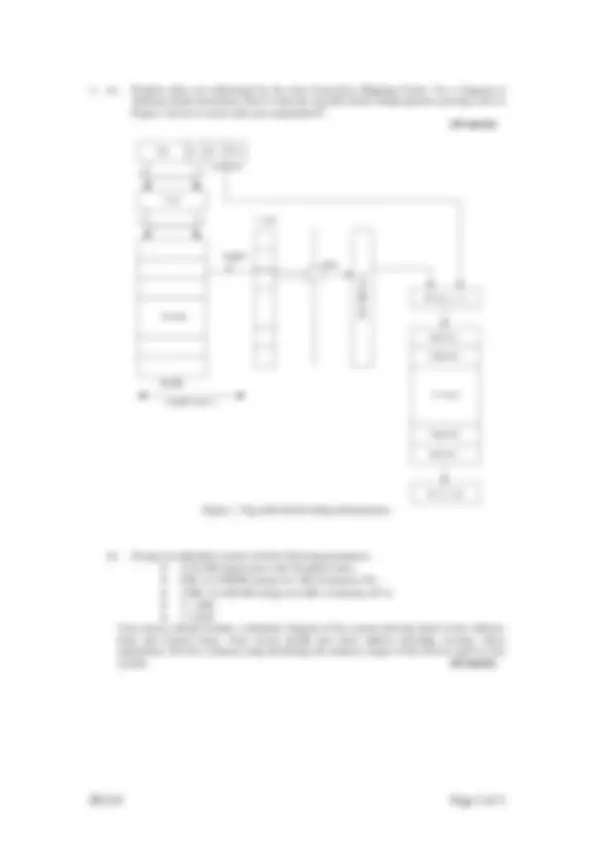



Study with the several resources on Docsity

Earn points by helping other students or get them with a premium plan


Prepare for your exams
Study with the several resources on Docsity

Earn points to download
Earn points by helping other students or get them with a premium plan
Community
Ask the community for help and clear up your study doubts
Discover the best universities in your country according to Docsity users
Free resources
Download our free guides on studying techniques, anxiety management strategies, and thesis advice from Docsity tutors
The design of an embedded system for a remote weather station, focusing on microprocessor architecture selection, power and memory management, and drawing a block diagram of the proposed system. The document also includes instructions for an exam with three questions, each worth 20 marks and carrying equal weight, and a duration of 2 hours.
Typology: Exams
1 / 3

This page cannot be seen from the preview
Don't miss anything!

